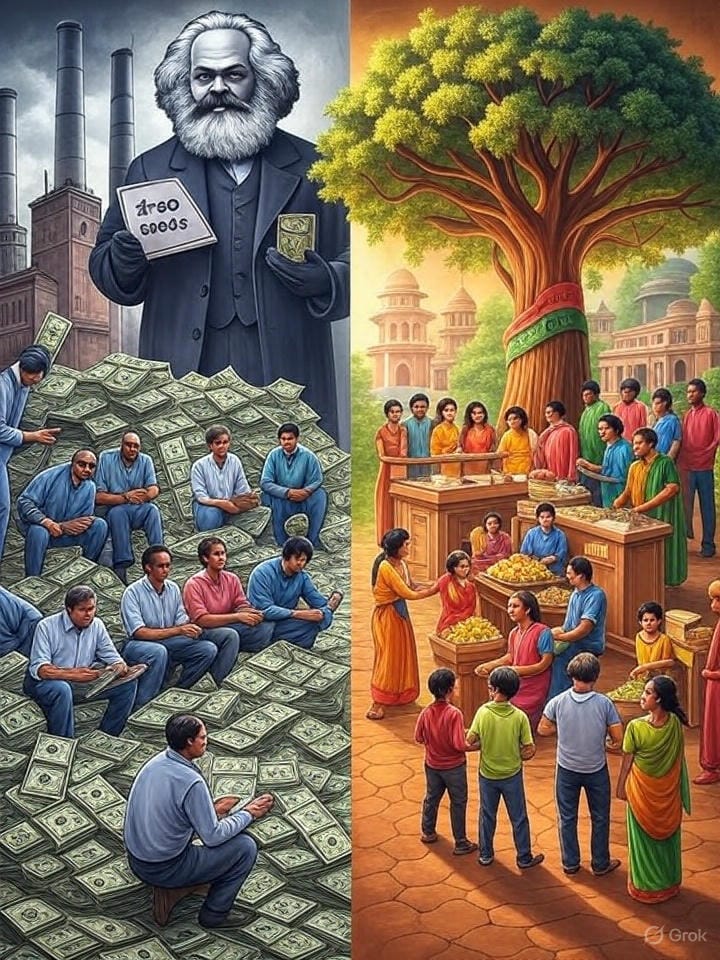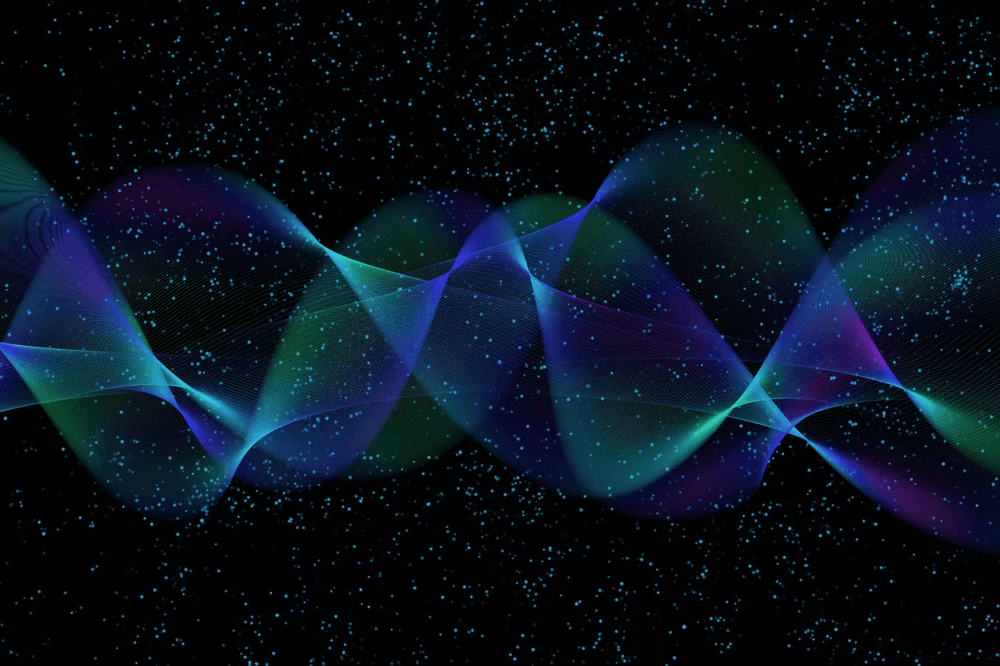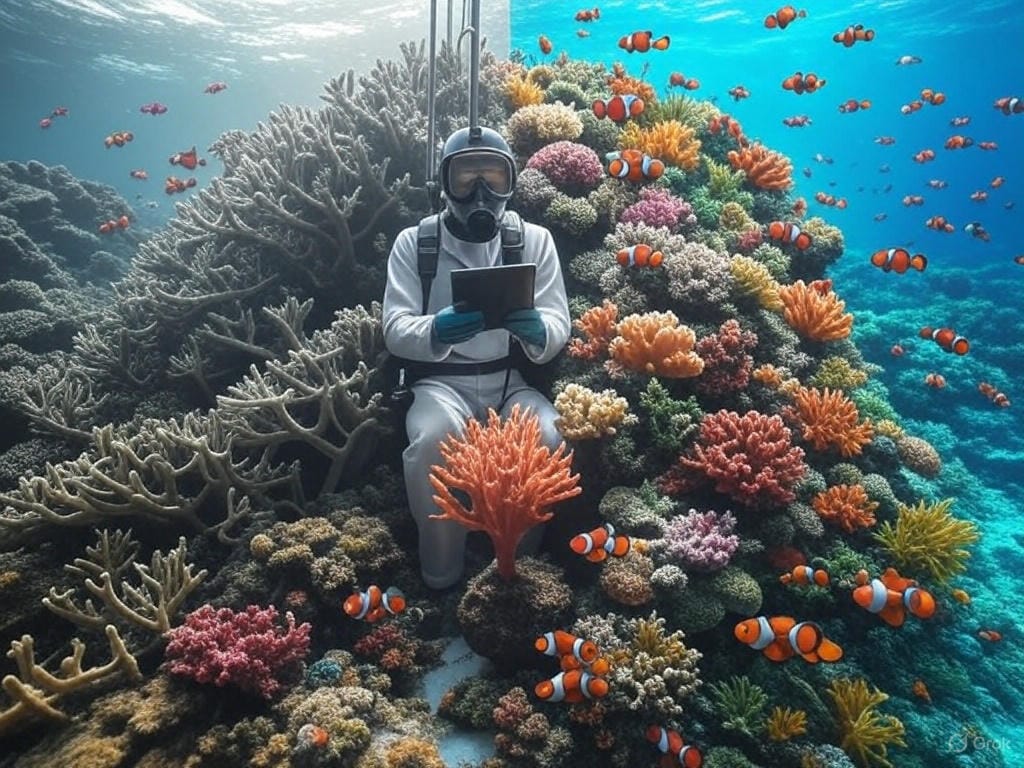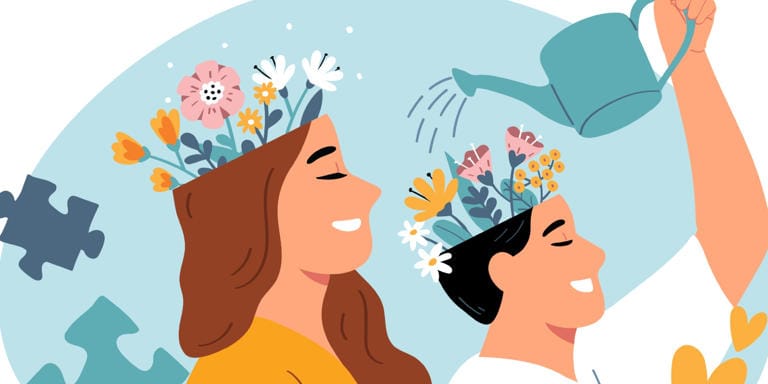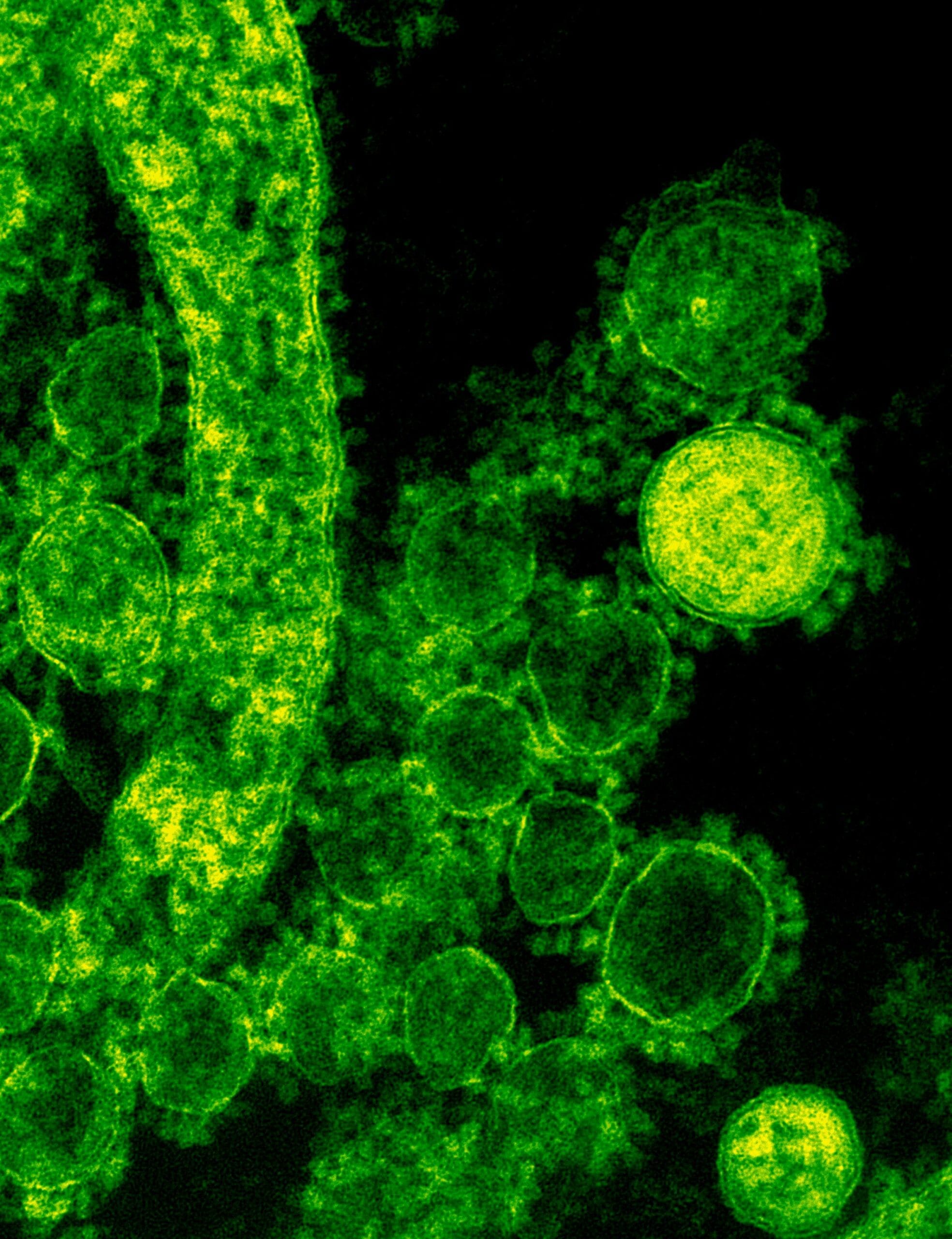Sanatan Economics: A Preventive Model to Counter Extreme Capitalism and Communism
The modern economic landscape, driven by extreme capitalism, has led to a cycle of exploitation so severe that it birthed its antithesis—extreme communism—as a response. This pendulum swing, from the unchecked profit-driven model of Adam Smith to the free handouts demanded by Karl Marx, reveals a deep flaw in the Western economic framework. In this … Read more
